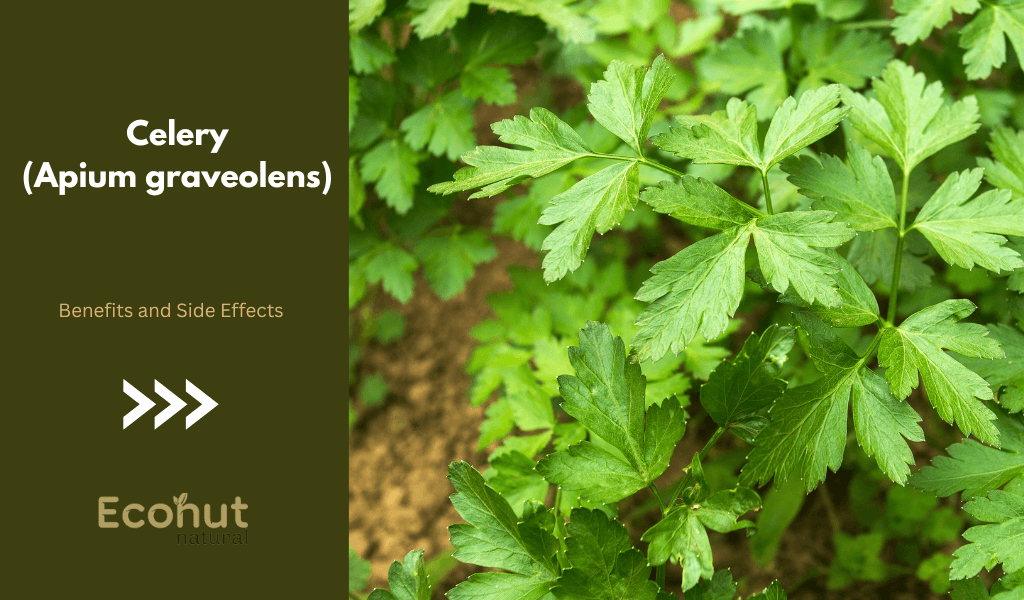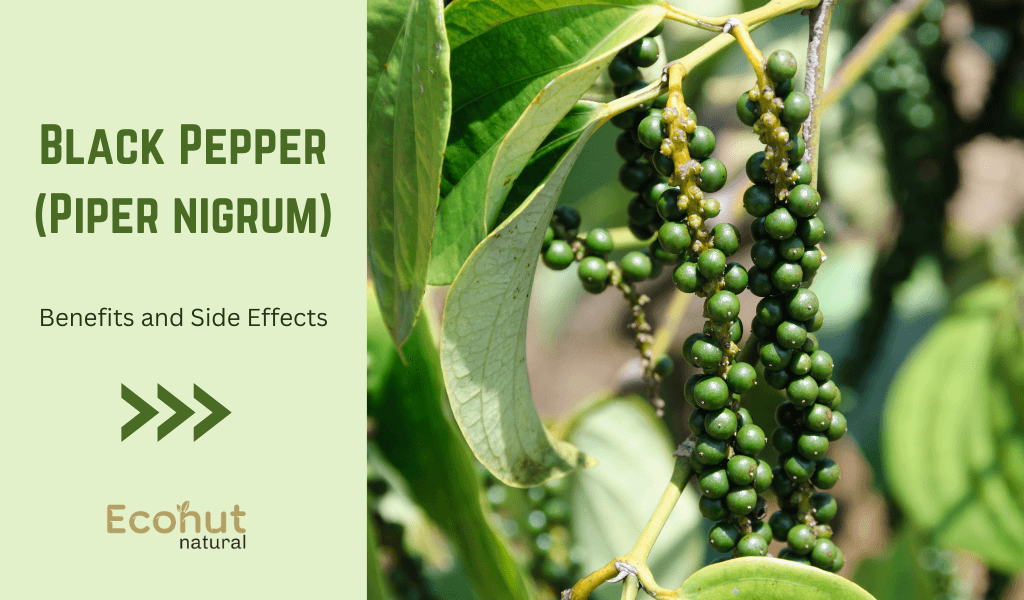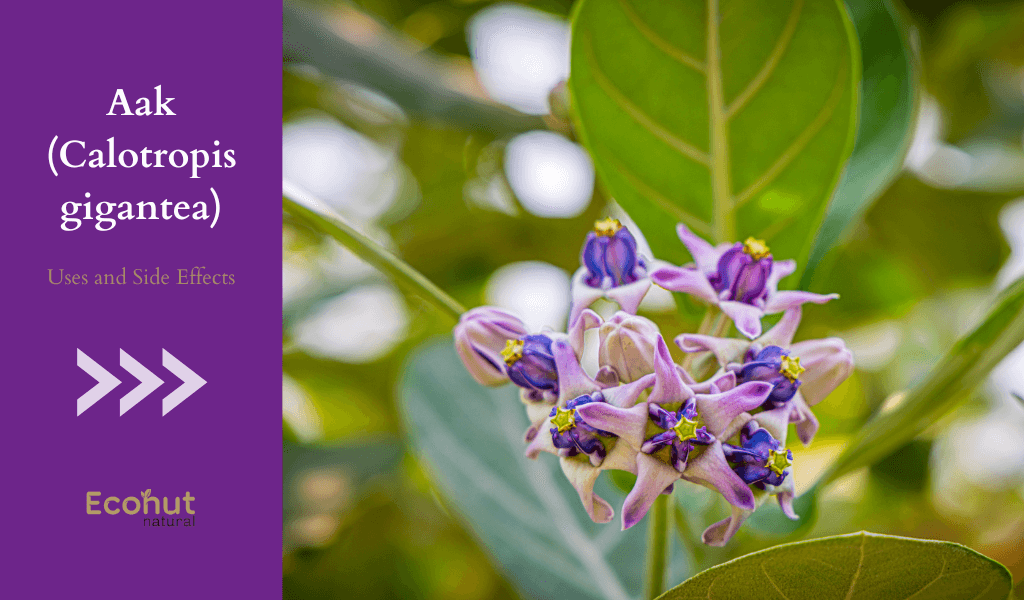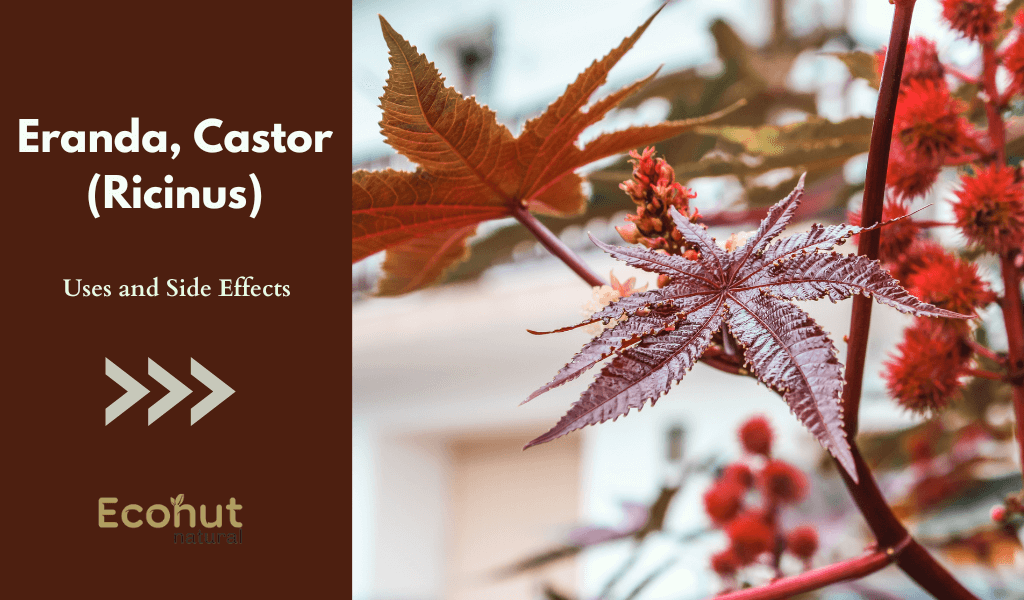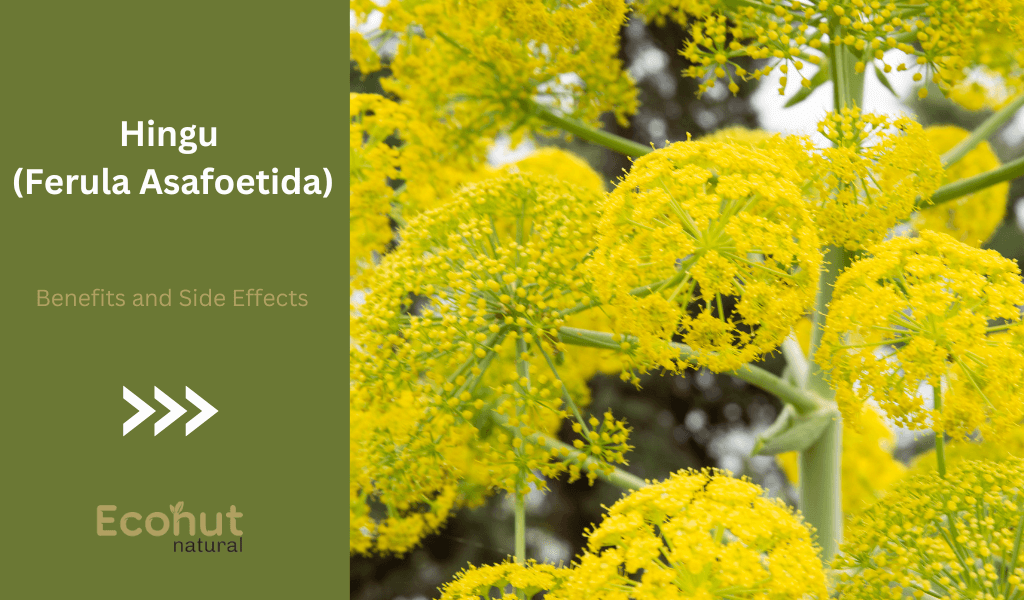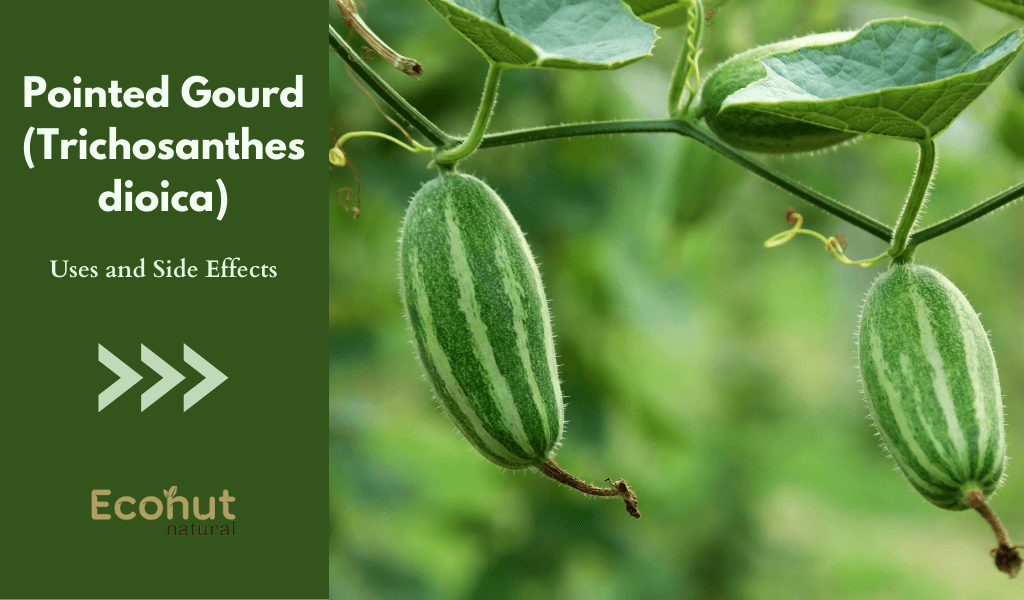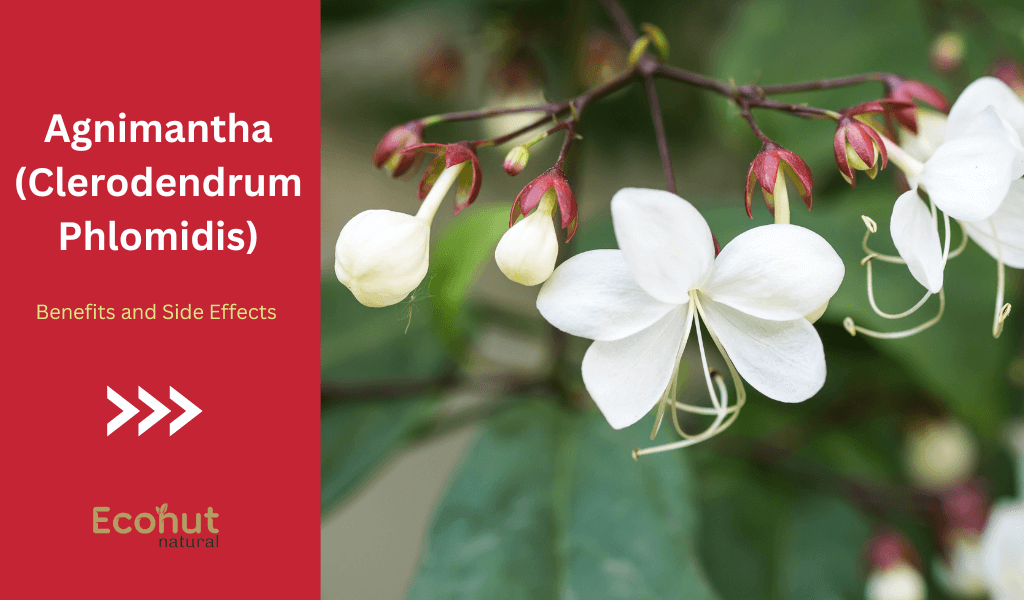Ajmoda, Celery (Apium Graveolens): Benefits and Side Effects
Ajmoda, Celery (Apium Graveolens) is a variety of celery commonly found in India and other parts of Asia. It belongs to the Apiaceae family, which includes carrots, parsley, and fennel. Ajmoda is often referred to as leaf celery or smallage and is prized for its aromatic leaves and seeds. Characteristics: Ajmoda, known as celery in … Read more

